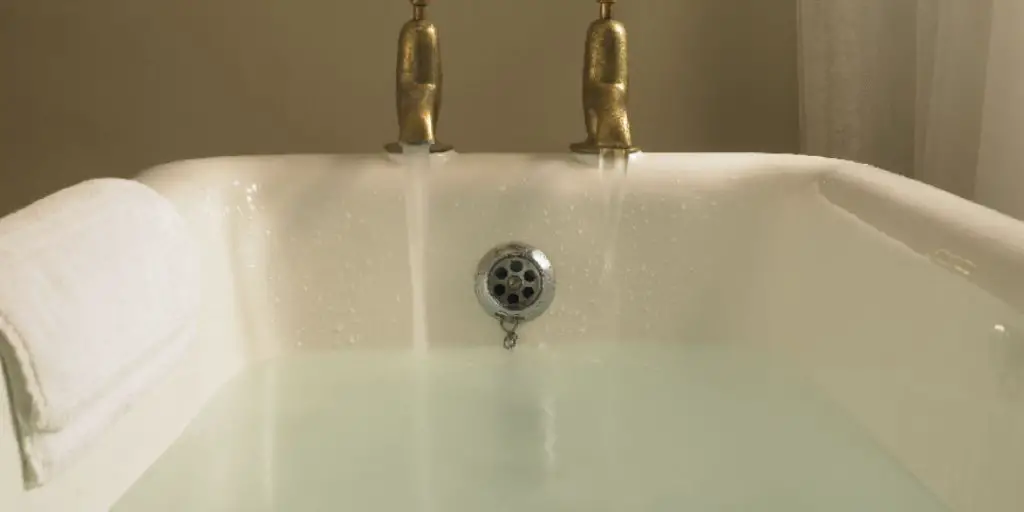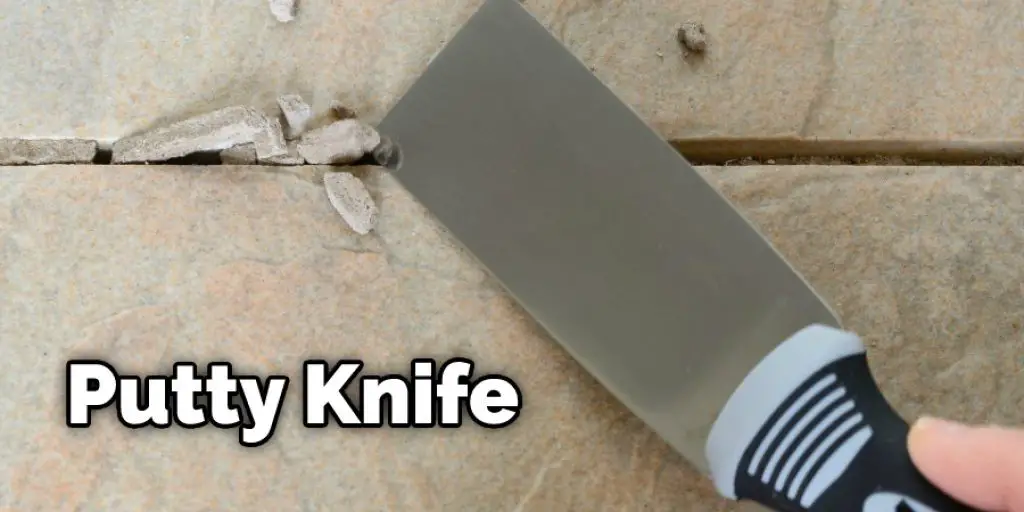When you have a clogged bathtub drain, it’s easy to call a plumber and have them fix the problem. However, if you’re not in the mood to pay for a service call, there are some things you can do on your own first.

Several steps need to be taken before calling a plumber so that they don’t charge an arm and leg just to come out and unclog your drain. Here is how to stop the overflow drain in a bathtub from clogging up again!
When water begins backing up into your tub after taking a shower or running the faucet, it’s time for action! Of course, you can try plunging or snaking the drain yourself, but these methods often end with broken drain traps and more work to do.
Step to Follow on How to Stop the Overflow Drain in a Bathtub
Step One: Determine
First, you need to determine if your bathtub overflow needs to be fixed. It will have a small hole in the overflow drain cover through which water comes out when the tub is overflowing. Determine if this hole is obstructed by calcium buildup or wear and tear of use, or if it’s just not working correctly.
If you have a problem with the overflow drain not working, you can try using a plunger or use a solution of baking soda and vinegar to clear out any clogs. However, if your problem is simply that there is calcium buildup on the hole through which water drains, then you’re going to need to clean it off.
It is important to note that if you have an overflow drain in your tub, it is not just there for decoration. For example, your tub may overfill, and the water will come through the hole in the overflow drain into your drainage pipe system, which could cause your floor to get wet.
Step Two: Mark Drain Location
Once you’ve determined whether the problem is a simple buildup of calcium deposits or some actual overflow drain issue, it’s time to begin fixing the problem. The first step in this process is to mark the location of your overflow drain.
Unless your bathtub has multiple holes for water drainage, you only need to mark one hole, which should be located in or near the overflow drain. Mark this hole using a water-resistant marker to avoid making a mess if you splash some water on your bathtub during the process of fixing it.
It is essential to understand that when you mark your overflow drain, you do not mark the actual hole through which water comes out. Instead, you want to mark the edge of the tub where the water will go when it overflows. If there is a ridge surrounding this area, use a ruler or tape measure to know exactly how far from the edge the hole is located.
Step Three: Clean Out Hole
Once you’ve marked the overflow drain, clean out any calcium deposits or other gunk that is in it. You can use a toothpick for this purpose. Be sure to push it in and around the hole to get all of the calcium off of there so that your bathtub will drain properly when you’re finished with this process.
If there is calcium buildup leading back to the actual overflow drain holes, you will need to clean this off as well. Use a toothpick for this purpose or another small tool that you can use to get rid of any calcium deposits along the edge of your bathtub.
Then, use some hot, soapy water to rinse your overflow drain hole out. If there are bits of calcium still on the edges of your tub or in the spot, don’t worry about it too much. As long as you’ve cleaned them off of the actual edge of your tub, you can continue with this process without having to do anything additional.
Step Four: Replace the Drain Plate
Once your overflow drain hole is clean, it’s time to replace the actual drain plate. You can do this by simply unscrewing the old one and screwing a new one into place. If it feels sealed in, then you’re all set. However, if there are any areas where water can get in, you’ll need to seal them up.
You can do this by taking a tiny bit of silicone caulk and squeezing it into the holes around the outside edge where water will come through. You can find these holes if you look for small, round indentations located all around your bathtub where water might go through.
Silicone will dry clear, so you won’t have to worry about it ruining the look of your bathtub. You can also use some putty or spackling to seal any larger holes, but make sure that you allow this substance plenty of time to dry before proceeding with the next steps. This will help in how to stop the overflow drain in a bathtub.
Step Five: Fill Hole with Putty
Once your silicone sealant has dried, you can proceed with the next step of this process. You will need to clean out the hole where your overflow drain is located and fill it with putty or spackling. This will be used to plug up the overflow drain hole and give your bathtub a smooth, unbroken surface.
Once your putty or spackling is in place, allow it some time to dry before moving on. It should be ready after about an hour of drying time. You can use a flat tool such as a knife or a putty knife to test whether your plug is ready. If it comes out easily, allow it a little more time to dry before proceeding with the next step of this process.

If it doesn’t come out easily, you will need to let it dry longer. You can use a hairdryer set on its coldest setting or a blow dryer for this purpose if your putty isn’t drying quickly enough. Once your plug is dried, you can sand it slightly if necessary to make sure that when you’re finished, the surface of your bathtub will be completely smooth.
You can check it to Remove Sink Drain Pipe Coming Out of Wall
Conclusion
If you have a bathtub that is overflowing, it can be dangerous and challenging to deal with. Luckily, there are many ways to fix this issue without having to call in the plumber! One common solution is pouring water down the drain while using an object like a plunger or dish towel under the overflow drainpipe.
You could also use your hands if necessary by reaching into the tub where water has collected and pushed back towards the opening of the sink until all excess liquid has been drained away. The conclusion paragraph is informative and provides information on how to stop the overflow drain in a bathtub.
You may read it also – How to Connect Sink to Floor Drain.








